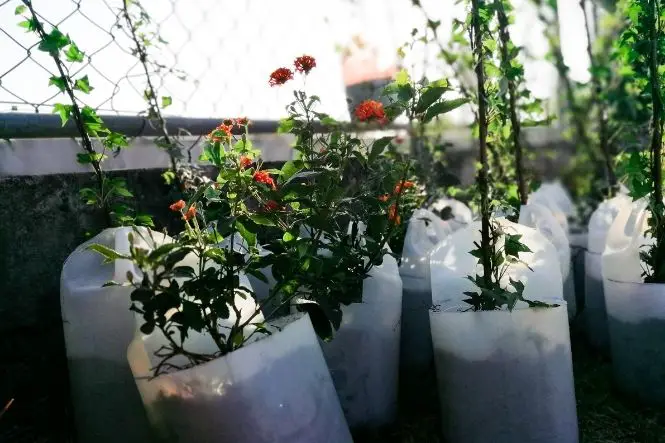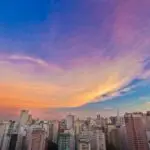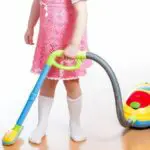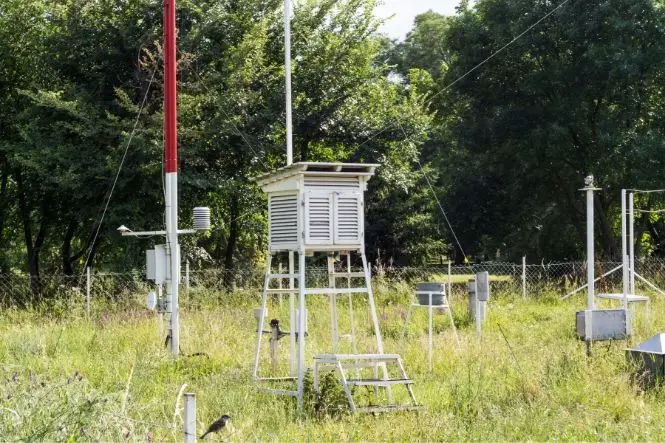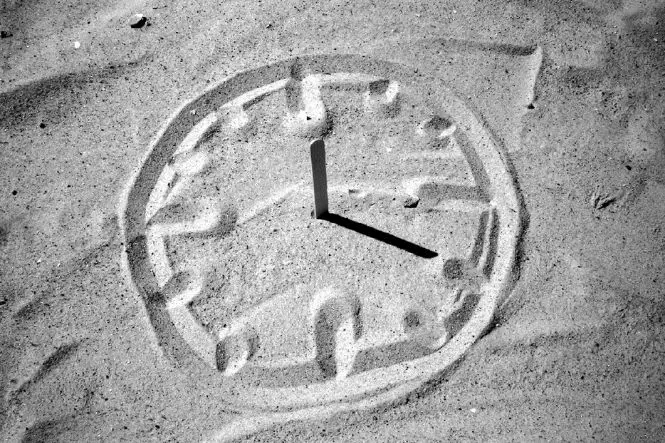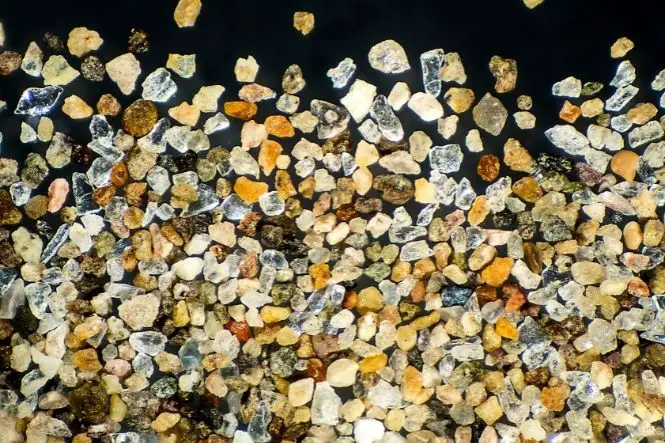In Edwardian times, growing plants in glass cases was very popular, especially because it protected delicate plants, such as ferns, from polluted air. These were generally bottle-sized or aquarium-sized, and were often called Wardian cases, after their inventor Dr Nathaniel Bagshaw Ward.
Table of Contents
Bottle Gardens
A bottle garden or terrarium is a small sealed artificial ecosystem, with soil the main component. Water evaporates and condenses on the sides of the bottle and trickles down to the soil. Plants grow and drop leaves, which decompose and fertilise the soil.
Making a Bottle Garden
Fill the bottom of a large jar, demijohn or lidded tank with a layer of clean pebbles, gravel or broken pottery for drainage, mix in a little charcoal, and add a layer of a mixture of one third soil, one third sand and one third peat or peat substitute, with a small amount of fertiliser mixed in.
Plant the bottle garden with small plants – avoid anything that will grow too big or too fast, or anything that will drop too many leaves or petals. Try using table forks and dessert spoons tied to sticks as garden tools, with a cotton reel or cork tied to a stick to firm plants in, and wooden tongs or chopsticks to pick up and move plants. Wrapping the plants in a tube of paper might help them slip through the neck. Water it gently, seal the garden, and leave in a light place but not in direct sunlight.
Watch out for fogging on the glass – this might mean the plants have been over-watered. If so, leave the top off for a little while to let the extra water evaporate. Also, watch out to see if the plants wilt – this might mean they need extra water – trickle a little (but not too much) down the side of the glass. The plants might need pruning if they get too big.
Biospheres and Ecospheres
Biospheres or ecospheres are also small sealed artificial ecosystems. The main component of a biosphere or ecosphere is usually water. They also contain small animals, such as water shrimps, and plants. The animals use oxygen and produce carbon dioxide when they respire (breathe).
Though algae and plants do use oxygen and produce carbon dioxide when they respire, they also use carbon dioxide and produce oxygen when they photosynthesise (see ‘Do Plants Breathe?’ and ‘Water & Food: How Plants Eat and Drink’), so overall they can provide oxygen for the animals to breathe. The animals eat the algae and plants. The success of a biosphere is getting the balance between plants and animals correct. Some biospheres created in the 1970s are still alive.
Making a Biosphere/Ecosphere
To make a biosphere or ecosphere, put some soil and sand in the bottom of a large, colourless glass bottle, the size of a demijohn. Add some stones and fill it with water. Add animals such as protozoa, water snails, water fleas or water shrimps, algae and aquatic plants and seal the container. Leave in a light place but not in direct sunlight. Leave it for two weeks and see what happens. If it doesn’t work, try to work out what needs to be changed to improve the balance.

